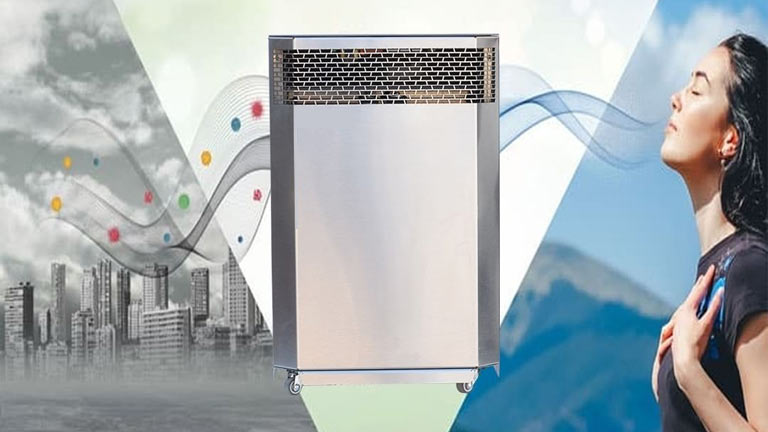
Are you tired of constantly dealing with air quality issues in your workplace? Does it seem like no matter how many times you try to improve the air, the problems keep coming back? If so, it may be time for your enterprise to take a strategic approach to air management.
Air quality is an issue that affects all workplaces, regardless of industry or location. Poor air quality can lead to a range of health problems for employees, including headaches, dizziness, respiratory issues, and even chronic illnesses. In addition to the negative impact on employee health, poor air quality can also lead to reduced productivity and increased absenteeism.
To effectively manage air quality in your workplace, it is important to take a strategic approach rather than just addressing individual issues as they arise.
The Concept of Strategic Air Management
Strategic air management is the practice of proactively managing and improving air quality in a workplace. This involves identifying potential sources of air pollution, implementing measures to prevent or reduce these pollutants, and continuously monitoring and evaluating the effectiveness of these measures.
The goal of strategic air management is not only to improve air quality but also to maintain it at a consistent level over time. This requires a long-term, holistic approach that considers all aspects of air quality, including ventilation, filtration, and maintenance.
The Benefits of Strategic Air Management
Implementing a strategic approach to air management can bring numerous benefits to your enterprise. These include:
- Improved employee health and well-being: By addressing potential sources of air pollution and maintaining consistent air quality, employees are less likely to experience health issues related to poor air quality. This can lead to increased productivity and reduced absenteeism.
- Cost savings: By proactively managing air quality, enterprises can avoid costly repairs and replacements due to air-related damage or complaints. Additionally, maintaining consistent air quality can also lead to energy savings by optimizing ventilation and filtration systems.
- Compliance with regulations: Depending on your industry and location, there may be regulations in place regarding air quality standards. By implementing a strategic approach to air management, enterprises can ensure they are meeting these regulations and avoiding any potential penalties.
How to Implement a Strategic Air Management Plan
Implementing a strategic air management plan may seem like a daunting task, but it doesn’t have to be. Here are some steps you can take to get started:
- Assess your current air quality: Before you can make improvements, it is important to understand the current state of your workplace’s air quality. This can involve conducting air quality tests and surveys, as well as gathering feedback from employees.
- Identify potential sources of pollution: Once you have a better understanding of your current air quality, you can start to identify potential sources of pollutants in your workplace. These can include indoor and outdoor factors such as building materials, cleaning products, and nearby industrial sites.
- Implement measures to prevent or reduce pollutants: Based on your assessment and identified sources of pollution, you can start implementing measures to address these issues. This can include upgrading ventilation systems, using air filters, and implementing a regular maintenance schedule.
- Train employees on air management practices: All employees need to understand the importance of air quality and how to maintain it. Consider providing training on proper ventilation practices, how to identify potential issues, and how to report any concerns.
- Monitor and evaluate regularly: It is essential to continuously monitor and evaluate your air management plan to ensure its effectiveness. This can involve conducting regular air quality tests and surveys, gathering employee feedback, and making adjustments as needed.
- Having a backup: In case of emergencies or unexpected issues, it is important to have a backup plan in place. This can include having rental AC units on standby for temporary use until the issue is resolved.
Implementing a Strategic Air Management Plan is Worthwhile
In conclusion, taking a strategic approach to air management can bring numerous benefits to your enterprise. By proactively managing and improving air quality, you can ensure the health and well-being of your employees, save costs, and comply with regulations. With careful planning and continuous evaluation, implementing a strategic air management plan is not only worthwhile but necessary for the success of your enterprise. Don’t wait until air quality issues become a major problem in your workplace, start taking action now to improve and maintain air quality for the long term.




